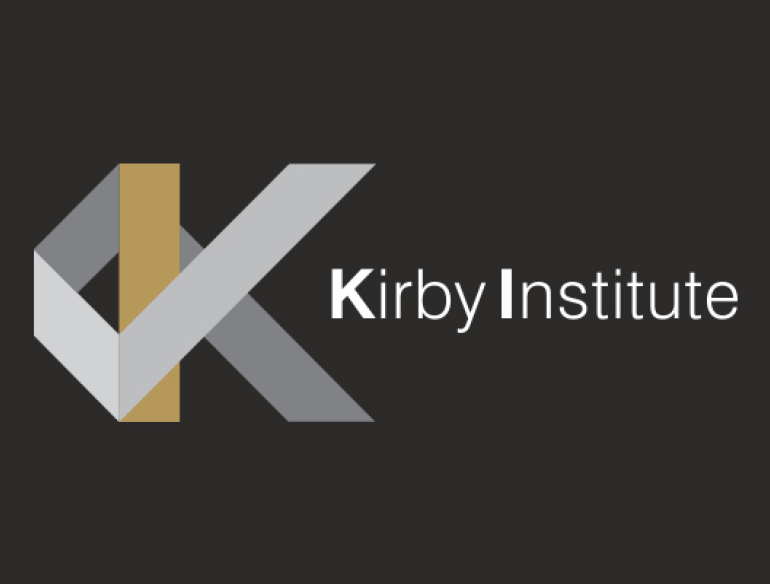Location:
Level 6, Seminar Room Wallace Wurth Building UNSW Australia Sydney NSW 2052
Open to
All
Contact for enquiries
Rata Joseph +61 (0)2 9385 0900 rjoseph@kirby.unsw.edu.au
The Kirby Institute is pleased to present:
Associate Professor Vanessa Venturi, Infection Analytics Program, Kirby Institute
"A computational biology approach to decoding the complexity of the T cell receptor repertoire."
Abstract:
T cells play an important role in the adaptive immune response. Receptors expressed on the surface of T cells determine the specificity of their recognition of pathogen peptides. Effective T cell recognition and immune control of infection depend on the availability of a diverse and well-balanced repertoire of T cell receptors. For example, it has been demonstrated that the diversity of T cell receptors involved in a T cell response has consequences for the control of chronic viral infections, and diminished T cell diversity in the very young and old has been associated with immune compromise at the age extremes. This talk will provide an overview of research projects within the Infection Analytics Program that aim to improve our understanding of the factors that shape the T cell repertoire and the role of T cell repertoire composition in immune responses to infection.
Bio:
Vanessa Venturi is an Associate Professor and NHMRC Career Development Fellow with the Infection Analytics Program in the Kirby Institute for Infection and Immunity in Society. Her research focuses on the development and application of computational biology approaches for investigating immune responses to infectious disease.
Vanessa has undergraduate qualifications in mathematics and physics and a PhD and three years postdoctoral experience in the field of theoretical atomic physics. For the past 10 years she has applied her quantitative skills to the field of computational biology. Her research focuses on an inter-disciplinary approach, integrating biology, bioinformatics, biostatistics, and computational modelling, and involves collaboration with various experimental research groups. She was previously an ARC Future Fellow and head of the Computational Biology Group within the Centre for Vascular Research, UNSW Australia.
